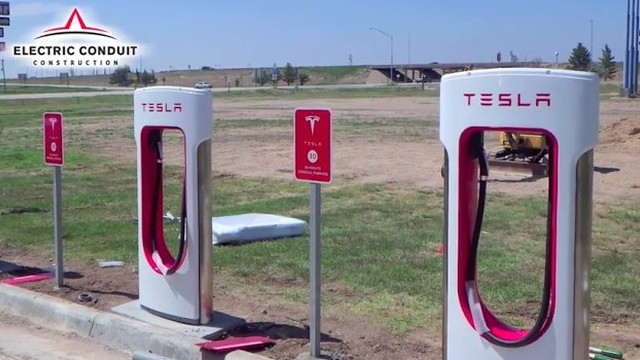With a firm commitment to promoting fuel efficiency and reducing carbon emissions, the White House employed assertive strategies in order to establish stringent 54.5-mile-per-gallon (MPG) standards for vehicles. These measures were implemented with the aim of fostering sustainability and addressing environmental concerns.
A Drive Towards Enhanced Fuel Efficiency
In its pursuit of enhanced fuel efficiency, the White House adopted an unwavering stance on setting ambitious MPG standards for automobiles. By employing rigorous negotiations and leveraging its political influence, it successfully pushed for regulations that would require automakers to meet these higher benchmarks.
This approach was driven by a recognition of the urgent need to reduce greenhouse gas emissions and mitigate climate change impacts. The establishment of such demanding standards aimed not only at curbing pollution but also at encouraging technological advancements within the automotive industry.
Furthermore, this initiative sought to decrease dependence on fossil fuels while simultaneously stimulating innovation in alternative energy sources such as electric or hybrid vehicles. By setting high targets, the White House aimed to incentivize manufacturers towards developing more sustainable transportation options.
Promoting Environmental Responsibility
The implementation of strict MPG standards by the White House reflects a commitment towards environmental responsibility and sustainable practices. Through these regulations, policymakers intended to encourage consumers’ adoption of greener vehicles that consume less fuel per mile traveled.
By establishing clear guidelines regarding vehicle efficiency requirements, they aimed to create market conditions conducive to increased production and availability of eco-friendly cars. This strategy aligned with broader efforts worldwide seeking reduced carbon footprints through improved transportation systems.
Moreover, these initiatives fostered collaboration between government agencies, research institutions, and automobile manufacturers in order to develop innovative technologies capable of meeting these challenging goals effectively.
Implications and Future Prospects
The establishment of stringent 54.5-MPG standards by the White House has far-reaching implications for both the automotive industry and environmental sustainability. While initially met with resistance from some manufacturers, these regulations have ultimately driven significant advancements in fuel efficiency technologies.
As a result, consumers now have access to a wider range of vehicles that offer improved mileage per gallon, reducing their carbon footprint and contributing to cleaner air quality. Additionally, this push towards greater fuel efficiency has spurred research and development efforts aimed at finding alternative energy sources for transportation.
In conclusion, the White House’s unwavering commitment to setting ambitious MPG standards demonstrates its dedication to promoting sustainable practices within the automotive sector. By employing assertive tactics and leveraging political influence, policymakers successfully established regulations that fostered innovation while addressing pressing environmental concerns.

